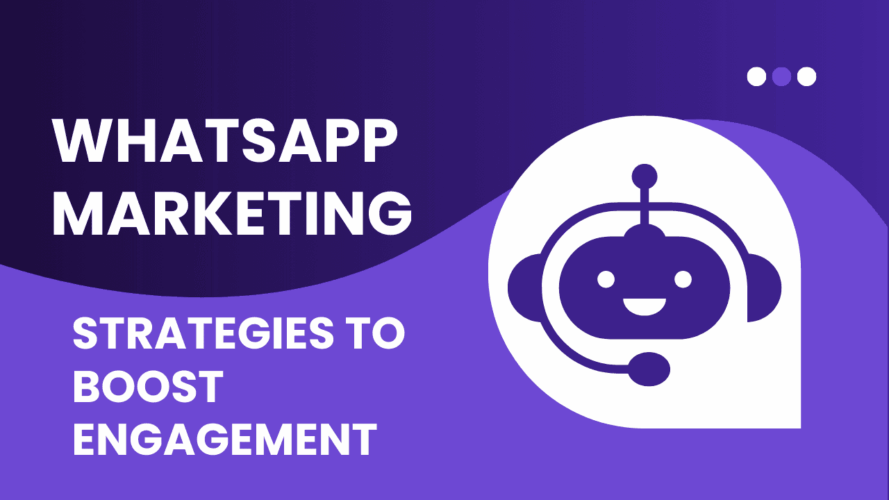The main essence of this blog is to help you understand what AEO [Answer Engine Optimization] & GEO [Generative Engine Optimization] are and how to make your content visible in Large Language Models [LLMs]. How does an AI bot take a query? How does it get trained? What are its go-to sources?
The main essence of this blog is to help you understand what AEO [Answer Engine Optimization] & GEO [Generative Engine Optimization] are and how to make your content visible in Large Language Models [LLMs]. How does an AI bot take a query? How does it get trained? What are its go-to sources?
Let’s get started.
Search is changing. Now people are not just googling, they are asking ChatGPT, getting summarized answers from Google’s Search Engine Generative Experience [SGE], browsing with Bing Copilot and using tools like Perplexity.ai or voice assistants like Siri & Alexa, to get real-time answers about any and everything. But the twist here is that these sites don’t always show your website. They just extract the answer, tweak it and present it, sometimes with credit and sometimes without. That’s where AEO & GEO came into the picture, giving your content a chance to be cited or featured. It’s like SEO gets you indexed, AEO gets you in the snippet and GEO gets you cited by AI.
Let’s break down the whole point and see what’s going on:
What is AEO [Answer Engine Optimization]
AEO is about making sure your content shows up as a direct answer when people ask questions using AI tools, voice assistants or Google’s featured snippets.
Think about when you type a question into Google and it shows you a big box with a summarized answer, that’s an AEO optimized result.
- People Also Ask sections in Google
- AI Overview in Google [at the top]
- Voice assistant answers
- AI chatbot responses in real-time
To win in AEO, your content needs to be structured, concise and question-based.
- Write in Q&A formats
- Use simple, clear language
- Structuring answers into short paragraphs or bulleted lists
- Adding schema markup
- Use headings that reflect search queries
- Incorporate keywords for voice search SEO
What is GEO [Generative Engine Optimization] ?
GEO is how you make your content readable, trustworthy and usable by generative AI like ChatGPT, Gemini or Bing Copilot.
Instead of links, these AI tools provide people with complete answers, but they pull this info from somewhere. If your content is high-quality, structured and authoritative, it might be what the AI uses to answer user questions. Generative engines don’t look at your backlinks or page rank what they care about is the clarity of your content. It’s like:
- ChatGPT cites your blog in an answer
- Perplexity linking to your site in a footnote
- Bing Copilot is quoting a definition from your article
To optimize for GEO:
- Focus on semantic keywords, use related terms naturally
- Build topical authority by creating clusters
- Include original insights or stats
What is SEO [Search Engine Optimization]?
SEO – the OG
It’s still necessary, but no longer enough. You still need your:
- Meta titles & description
- Keyword targeting
- Technical health checks
- Internal linking & sitemaps
SEO is more like a foundation, but AEO & GEO are what get you featured in the AI world.
AEO + SEO + GEO: the optimization checklist
Your go-to checklist for making sure your content works across all search channels, traditional & AI-powered.
For SEO
- Use high volume and long tail keywords
- Optimize core web vitals and site speed
- Include descriptive alt text and accessible design
- Build internal links between related content
- Acquire backlinks from trusted sites
- Track performance with Google Search Console and GA4
For AEO
- Use heading tags with actual search queries
- Format content in Q&A style
- Add FAQ schema or “How To” schema
- Include quick summaries at the top of posts
- Use bold, bullets or tables for fast scanning
- Answer related questions to capture follow-up queries
For GEO
- Focus on helpful, original and concise answers
- Add data points, charts
- Use semantic keywords and related terms
- LLMs skip vague content
Do you need AEO & GEO for AI or Does Traditional SEO still work?
You can’t reinvent your whole content strategy overnight, but again, traditional SEO won’t be enough anymore, because:
- Google’s SGE is showing AI-generated summaries above organic results
- ChatGPT and Bing Copilot don’t care about your meta tags they care about what your content says
- LLMs prioritize factual, structured and context rich answers
Without AEO, your content may fail to feature in voice assistants and quick answers, even if it ranks high. Without GEO, AI tools may sideline your content entirely when presenting responses, even if ranking in traditional search is strong.
How to be visible in Large Language Models [LLM] ?
LLMs don’t crawl the web like Google. They use trained models or real-time Retrieval Augmented Generation [RAG] tools. To get picked up:
- Structure – Use headings, summaries and clean HTML
- Credibility – Add your name, company or publication
- Clarity – Avoid jargon, focus on plain language, cite facts only
- Coverage – Write the complete 360 degree content that addresses the whole topic, all in all.
AI prefers first-party insights. Share original data, internal processes or expert tips that other content doesn’t include. Use AI tools to ask your questions and see who gets cited. If it’s not you, reverse engineer what’s working.
Top AEO & GEO tools
AEO Tools
- AnswerThePublic – Find trending questions people ask
- AlsoAsked – Visualize related search queries and subtopics
- RankMath or Yoast SEO – Add structured data easily
- Google Search Console – Check if you’re appearing in rich results
GEO Tools
- Frase.io – Score your content for AI readiness
- Surfer SEO – Optimize for semantic relevance
- NeuronWriter – NLP-focused writing assistant
- MarketMuse – Build topical authority and content clusters
- Content at Scale – Audit content for AI visibility signals
You can also use AI search engines to critique your blog posts. Paste the content and ask, “Would an LLM use this to answer a question?”.
“People Also Ask” about AEO & GEO
Q: Is AEO the same as SEO for voice search?
Ans: Not really. AEO includes voice, but also featured snippets, People Also Ask and direct answers for AI interfaces.
Q: Do I need new tools to do AEO or GEO?
Ans: Just keep in mind the checklist and you can use the existing SEO tools for the proper formatting.
Q: Can AI-generated answers bring me traffic?
Ans: Sometimes yes, sometimes no. Even if there’s no click, showing up in AI summaries builds trust and branded searches over time.
How do I track my AEO/GEO performance?
Use Perplexity, Bing Chat or Claude to see if you’re being cited. Track brand keyword growth. Consider third-party tools like GPTZero or Originality.AI.
This isn’t about chasing algos, it’s about making your content genuinely helpful, structured and authoritative. To make your content win in the AI world:
- Answer real questions [AEO]
- Be usable and quotable by AI [GEO]
- Still follow SEO best practices [SEO]








